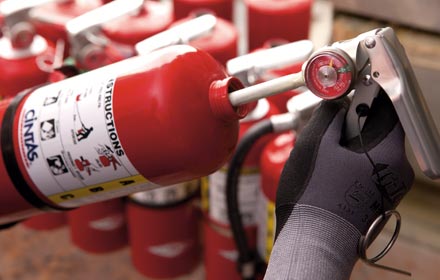Significance Of An Emergency Action Plan

Developing an emergency action plan is vital to the safety of employees, residents, and customers for businesses. This emergency action plan may be mandated by your insurance company, or the Authority Having Jurisdiction(AHJ) for your area. The purpose of this plan to ensure that the employers and employees have a proper plan in place and know exactly what do to in an emergency situation.D
Developing your Emergency Action Plan
The initial stage of any emergency action plan is finding out what types of scenarios you need to plan for. Every emergency action plan should include a plan for fire emergencies, power outages, and severe weather emergencies. Some will also include any or all of the following: bomb threats, tornado warning, hurricanes, intruder alerts, gas leaks, water leaks, unresponsive person, concussed person, and many more of the like. It is better to have over-planned the amount of scenarios than under-planned so that your employees, customers, and or residents have a plan in place in case of an emergent situation.
Training
Doing annual trainings is essential to creating a successful plan. It is great to have a plan in place but if an emergency situation is happening, it is better to know what to do rather than have to look it up. You can react in a positive manner instead of guessing what to do and creating a situation that is detrimental to the safety of others. Staff knowing what their role is in helping everyone get to safety and keeping them out of harms way is important in helping everyone keep from becoming panicked. Everyone reacts differently to situations, but everyone is better prepared if they have practiced the scenario prior to an actual event happening.
Fight vs. Flight
If you have annual trainings with fire extinguishers with either your local fire department or fire protection company, you and your staff will be more comfortable knowing when it is safe to fight the fire versus just evacuating everyone as quickly as possible. There are times where fighting the fire can be beneficial to saving lives and property and others that can be detrimental to the safety of lives if the fire is to large or the hazard is not safe to extinguish. Having trainings as part of your emergency action plan can help everyone be more prepared to be able to tell the difference between staying to fight or fleeing and getting everyone to safety.
These are only a few of the many benefits to developing an emergency action plan. This plan is only as good as it is designed to be. Using experts in the field makes a big difference between a well designed plan and a poorly designed plan. Having trainings in place also make a big difference between successfully executing the plan and chaos ensuing an emergency unfolding. Working with a fire protection company can help make sure you are prepared in the event of a fire. They will help you determine the best course of action for the people inside the building and developing the roles for those involved. Use your resources available today and contact a local fire protection company to find out how they can help you develop your best possible emergency action plan.



